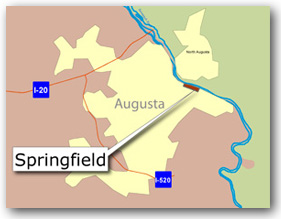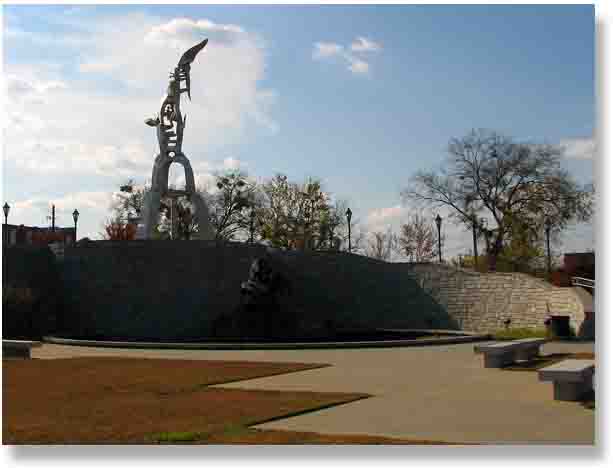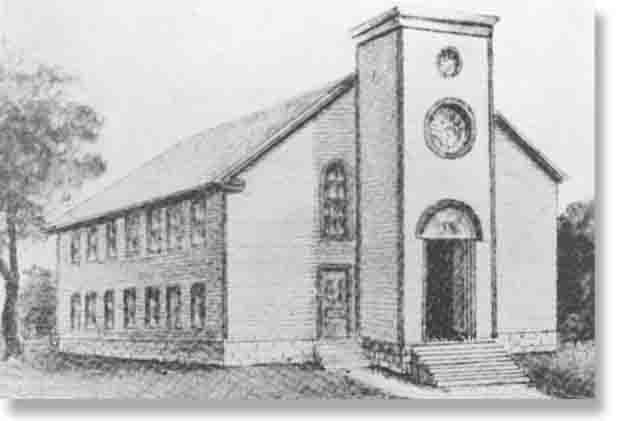 |
|||||
 |
|||||
|
INTRODUCTION: SPRINGFIELD IS A FREE AFRICAN AMERICAN COMMUNITY Springfield is a free African American community established around the time of the Revolutionary War. The Springfield Community was not an officially recognized subdivision of Augusta, Georgia. Despite this, the neighborhood, roughly bounded by the Savannah River and Jones Street on the north and south and Ninth and Fifteenth streets to the east and west, became one of the few homes to free African Americans who escaped the bonds of slavery prior to the Civil War. Springfield began to evolve after the American Revolution when many escaped slaves sought refuge, eventually growing into a thriving neighborhood in northeastern Augusta. In the South, free African Americans congregated in urban communities because they offered the best opportunities for employment. Although it is difficult to draw a boundary around this community, especially for its early years, Springfield came to represent a center of African American life in Augusta, especially in the late nineteenth century as official attitudes and policies became more segregationist. Over time, the symbol of this community, and its anchor, was the Springfield Baptist Church, still located at Twelfth and Reynolds Streets in Augusta. The creation of this website was funded by the City of Augusta and supported by the Georgia Department of Transportation as an element of the archaeological and historical studies undertaken for the St. Sebastian Street project. Springfield is among the most important historic African American places in Georgia. Historical Archaeologist Dr. J.W. Joseph said of this community: Within the history of the South, there are few places, which can rival the role that Springfield played in the lives of its people. Springfield is synonymous with the history of African Americans in Georgia and indeed the South; from the Revolution to Jim Crow, Springfield was the capital of southern African America. The sanctuary that this community gave to free African Americans in the antebellum era would eventually challenge and restructure the social order, and by its sheer presence, undermine the slave regime. The lessons learned by these free citizens provided them with the education necessary to cope with the turbulence of the postbellum age. Springfield gave birth to the Augusta Baptist Institute, which would become Morehouse College, the cornerstone of African American higher education in the South. The Georgia Equal Rights Association, founded at Springfield, would represent the rights of Georgia’s African Americans through the tumult of Reconstruction and beyond. The critical episodes of African American history in Georgia all find either themselves, or their reflection, in the history of Springfield. Springfield had an important and lasting role in Georgia’s history. In Springfield, African Americans learned to negotiate the European-American dominated world, and these lessons helped all African Americans embrace freedom after the Civil War. The Springfield Baptist Church is the heart of the Springfield Community and a landmark in Georgia's African American past. Listed on the National Register of Historic Places, Springfield Baptist is the nation's oldest continually operating African American church. The congregation was established shortly after the American Revolution, probably between 1787 and 1793 according to various sources, and Reverend Jesse Peters served as Springfield Baptist's first pastor. A former slave at Silver Bluff Plantation on the South Carolina side of the Savannah River, Peters was granted his freedom by George Galphin, a planter and Indian trader. In 1773, Galphin consented to the establishment of an African American church at Silver Bluff, and allowed Peters to receive training as a minister from traveling preachers who gave services at to the plantation slaves. A liberal planter, Galphin died during the American Revolution and British creditors took his lands from his heirs after the war. Others of his enslaved work force may have been granted their freedom at this time and may have joined Jesse Peters in the new community forming in Augusta.
|




